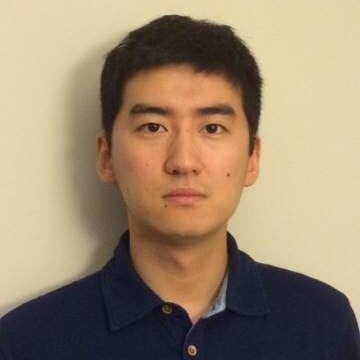There has been an exponential growth of data-rate demand for modern wireless communications over the past decades, driven by the rapid growth of mobile devices. This trend continues with the beyond-5G and 6G wireless systems that will leverage mmWave and sub-THz spectrum with large available bandwidth and the resulting proportionate increase in channel capacity. These new spectra will serve as the backbone for next-generation of wireless networks allowing high-speed and low-latency connectivity to enable emerging wireless applications such as immersive extended reality (XR). To support the ever-evolving wireless services and applications, stringent system requirements are therefore imposed on the hardware design. Silicon-based integrated electronics are one of the most powerful, reliable, and cost-effective platforms for building complex systems. However, operating at high mmWave/sub-THz has been pushing the silicon-based device to its limits, which necessitates technological innovations in devices, circuits, antennas, packaging, and many other relevant areas.
In this talk, I will present my exploration to address the fundamental challenges faced by silicon circuits at mmWave/THz frequencies, and more importantly, to pioneer an interdisciplinary design methodology that breaks boundaries between circuits and other disciplines, opening up new design spaces in wireless hardware. First, I will delve into the design of mmWave power amplifiers and other building blocks in transmitter systems that govern both system energy efficiency and spectral efficiency. I will present two design examples on how to overcome silicon device limitations by circuit architecture/topology innovations. Next, I will present several mmWave circuits and systems by fusing complex electronics with antennas and signal processing. In particular, novel multi-feed antennas and their co-integration with electronics can actively synthesize desired radiation characteristics with unprecedented on-antenna functionalities and reconfigurability far beyond electronics-only designs, including high-efficiency power combining, impedance scaling, active load modulation, noise cancellation, and gain boosting. In the end, I will conclude the talk by looking into future challenges and opportunities enabled by these co-design innovations in circuits, electromagnetics, and packaging.

Sensen Li is a research engineer at Samsung Research America, leading the RFIC R&D effort for the development of next-generation wireless communication systems. He received his B.Eng. with highest honors and B.A. from Zhejiang University, Zhejiang, China, in 2013, and the Ph.D. degree from the Georgia Institute of Technology, Atlanta, GA, USA, in 2020. His research interests include RF, mmWave, and THz integrated antenna, circuit, and system designs for wireless communication and sensing applications.
Dr. Li was a recipient of the IEEE Microwave Theory and Techniques Society (MTT-S) Graduate Fellowship in 2019, the Best Student Paper Award at the 2018 IEEE Radio Frequency Integrated Circuits Symposium (RFIC), the IEEE Antennas and Propagation Society (AP-S) Doctoral Research Grant in 2018, and the Analog Devices, Inc. Outstanding Student Designer Award in 2018. He was also a co-recipient of multiple best paper awards, including the IEEE Radio Frequency Integrated Circuits Symposium (RFIC) Best Student Paper Award in 2021, the IEEE International Microwave Symposium (IMS) Best Student Paper Award in 2021, and the IEEE Custom Integrated Circuits Conference (CICC) Best Paper Award in 2019.
